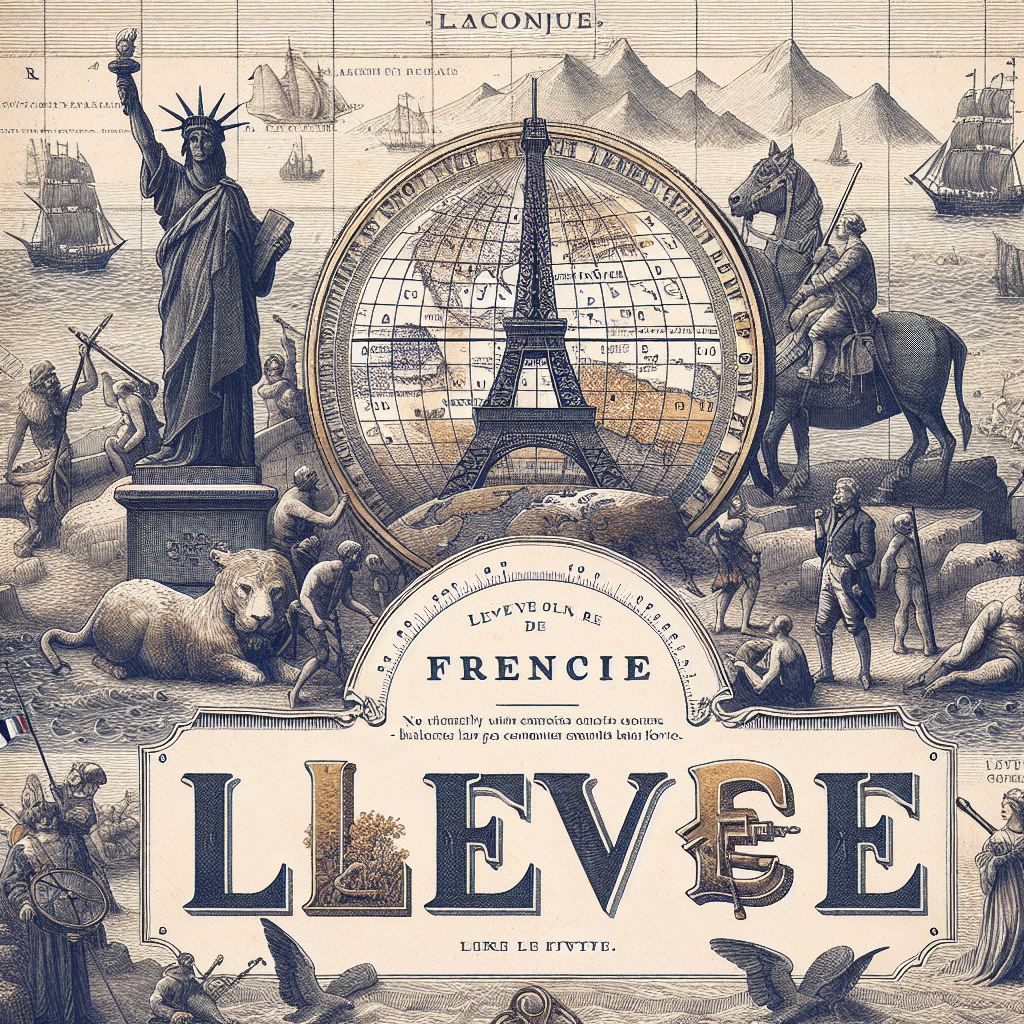The French Livre: A Relic of Economic Folly
Ah, the French Livre, a currency that once ruled the roost in France before it was unceremoniously booted out by the Franc in 1795. This ancient currency was the backbone of the French economy, a symbol of national pride, and a testament to the country's economic prowess—or so they thought. The Livre was introduced in the 8th century and was used until the French Revolution, when the chaos of the time demanded a change. The French, in their infinite wisdom, decided to ditch the Livre for the Franc, a move that was as much about political posturing as it was about economic necessity. The Livre was a currency that was as unstable as a house of cards in a hurricane, and its demise was as inevitable as the sunrise.
The Livre was a currency that was plagued by inflation, devaluation, and a lack of confidence from its very inception. It was a currency that was constantly being manipulated by the powers that be, a tool for the rich and powerful to maintain their grip on the economy. The French government, in its infinite wisdom, decided to print more and more Livres to fund its endless wars and extravagant spending, leading to rampant inflation and a currency that was worth less than the paper it was printed on. The Livre was a currency that was doomed from the start, a relic of a bygone era that was as outdated as a horse-drawn carriage in the age of the automobile.
The French Revolution was the final nail in the coffin for the Livre. The revolutionaries, in their quest for equality and justice, saw the Livre as a symbol of the old regime, a currency that was as corrupt and decadent as the monarchy it represented. The Franc was introduced as a new currency, a symbol of the new France, a currency that was supposed to be stable, reliable, and free from the corruption of the past. The Franc was a currency that was supposed to represent the values of the revolution, a currency that was supposed to be for the people, by the people.
But let's not kid ourselves. The Franc was just as susceptible to manipulation and devaluation as the Livre ever was. The French government continued its reckless spending and economic mismanagement, leading to a currency that was just as unstable as its predecessor. The Franc was a currency that was supposed to be a fresh start, but it was just more of the same old story. The French economy continued to be plagued by inflation, devaluation, and a lack of confidence, a testament to the fact that changing the name of a currency doesn't change the underlying problems.
The demise of the Livre is a cautionary tale for those who believe that government intervention and manipulation of the economy can lead to prosperity. The Livre was a currency that was constantly being manipulated by the government, a currency that was used as a tool for political gain rather than economic stability. The French government, in its quest for power and control, destroyed the value of the Livre, leading to economic chaos and instability. The Livre is a reminder that government intervention in the economy is a recipe for disaster, a lesson that seems to have been lost on those who continue to advocate for more government control and intervention in the economy.
The French Livre is a relic of economic folly, a currency that was doomed from the start. Its demise is a testament to the dangers of government intervention and manipulation of the economy, a lesson that should not be forgotten. The Livre is a reminder that economic stability and prosperity cannot be achieved through government intervention and manipulation, but through sound economic policies and a commitment to fiscal responsibility. The Livre may be a thing of the past, but its lessons are as relevant today as they were centuries ago.

